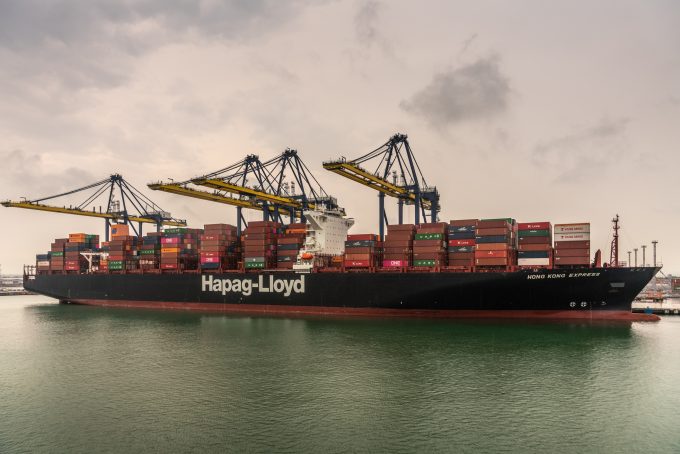Carrier groups likely to have eyes on DP World's Nhava Sheva concession
Global container carrier heavyweights are likely to bid for the upcoming re-award of a container ...

Hapag-Lloyd has notified customers that existing EU ETS surcharges are expected to “roughly double” as the sustainability initiative’s scope widens on 1 January.
But, it added, the higher costs could lead to ’creative routes’.
The German carrier explained that surcharges would be increased to cover the ...

Comment on this article